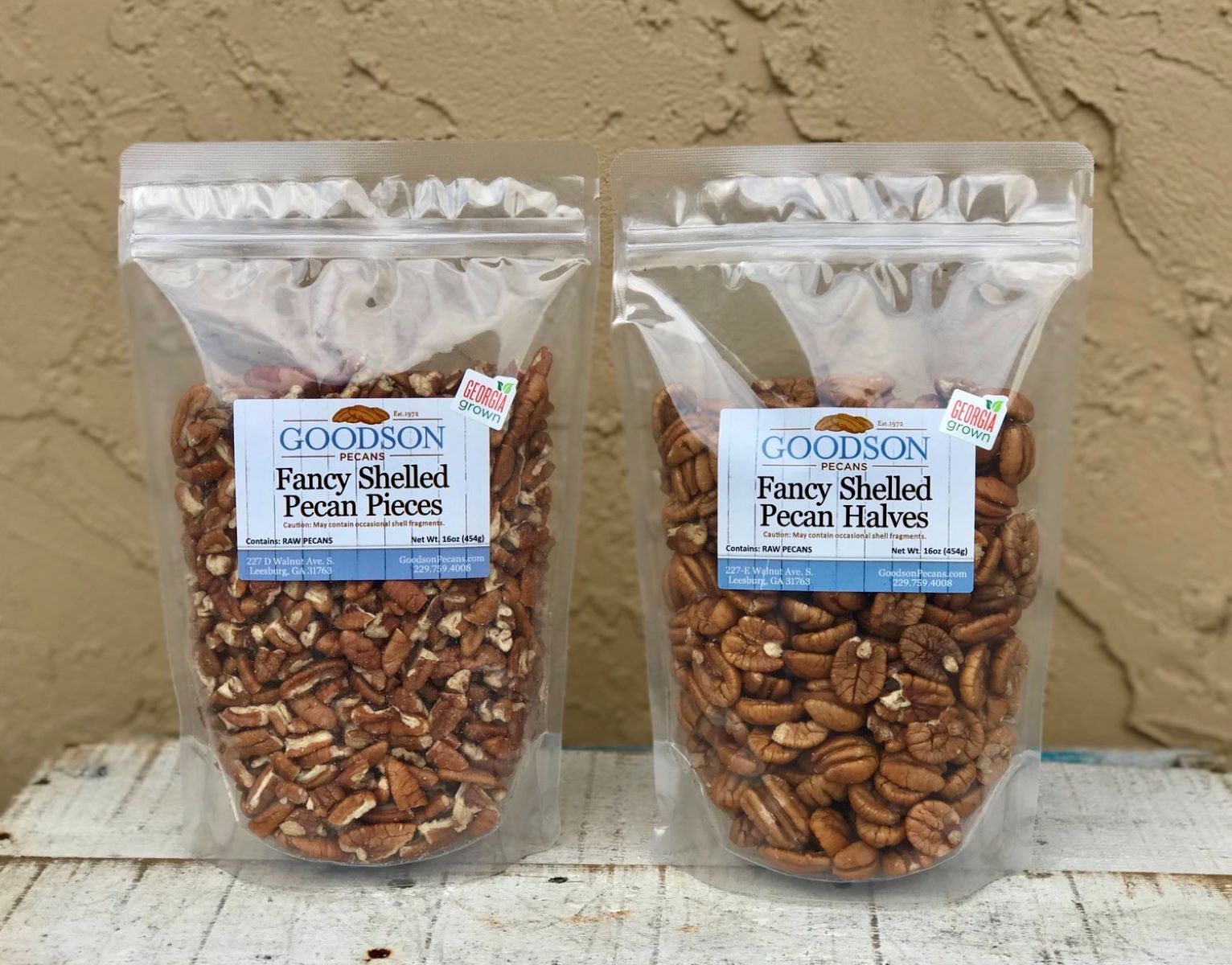

Articles
How To Store Shelled Pecans
Modified: December 7, 2023
Learn the best methods for storing shelled pecans to keep them fresh and flavorful. Read more articles for helpful tips and tricks!
(Many of the links in this article redirect to a specific reviewed product. Your purchase of these products through affiliate links helps to generate commission for Storables.com, at no extra cost. Learn more)
Introduction
When it comes to enjoying the rich and buttery flavor of pecans, proper storage is key. Whether you have recently harvested pecans from your own backyard or purchased a batch from a local store, knowing how to store shelled pecans will help preserve their freshness and extend their shelf life. With the right techniques and a few essential tools, you can ensure that your pecans stay delicious and maintain their quality for months to come.
In this article, we will guide you through the process of storing shelled pecans, from choosing fresh pecans to selecting the right container and maintaining the ideal conditions for storage. By following these tips and best practices, you can enjoy the natural sweetness and crunch of pecans in your favorite recipes or simply enjoy them as a wholesome snack.
So, let’s dive in and discover the secrets to keeping your shelled pecans fresh and flavorful!
Key Takeaways:
- Choose fresh, high-quality pecans with uniform color and plump kernels. Trust your senses—fresh pecans should have a mild, nutty aroma and avoid those with soft texture or unpleasant smell.
- Store shelled pecans in airtight, opaque containers at 35°F to 45°F to maintain freshness. Consider refrigeration or freezing to extend shelf life, and regularly monitor for spoilage signs.
Read more: How To Store Pecans In The Shell
Choosing Fresh Pecans
Before storing your pecans, it’s crucial to start with fresh, high-quality nuts. Here are some tips to help you choose the best pecans:
- Look for pecans with a uniform color and smooth texture. Avoid nuts that have any signs of discoloration, such as dark spots or blemishes.
- Avoid pecans that feel soft, as they may be spoiled or rancid.
- Crack open a few pecans to inspect the kernel inside. It should be plump and golden in color.
- Trust your nose. Fresh pecans should have a mild, nutty aroma. If they have a sour or unpleasant smell, it’s an indication that they have gone bad.
If possible, buy pecans that are still in the shell and shell them at home. This helps preserve their freshness for a longer period. However, if you opt for pre-shelled pecans, make sure they are from a reliable source and stored in airtight packaging.
Remember, starting with fresh and high-quality pecans is essential for maintaining their flavor and quality during storage. So take the time to choose the best pecans available.
Preparing Pecans for Storage
Once you have selected your fresh pecans, it’s important to prepare them properly before storing. Here’s a step-by-step guide to help you prepare your pecans for storage:
- Inspect and clean: Before storing your pecans, carefully inspect them for any foreign objects, damaged nuts, or shell fragments. Remove any debris or unwanted pieces.
- Shell the pecans (if necessary): If you purchased pecans in the shell, you will need to shell them before storage. This can be done by using a nutcracker or a similar tool. Take care to crack the shells without damaging the kernels inside.
- Remove the skins (optional): Some people prefer to remove the thin brown skin from pecans for a milder flavor. This step is optional, but if you choose to do so, blanch the pecans in boiling water for a few minutes and then plunge them into cold water. The skins should easily peel off.
- Dry the pecans: After shelling and optionally removing the skins, allow the pecans to dry completely. Spread them out on a clean paper towel or a baking sheet and leave them in a cool, well-ventilated area for a few hours or overnight. Make sure they are completely dry before moving to the next step.
By following these preparation steps, you ensure that your pecans are free from debris, properly shelled (if applicable), and fully dried. This sets the foundation for successful storage and helps maintain the quality of your pecans over time.
Selecting the Right Container
Choosing the right container for storing shelled pecans is essential to keep them fresh and protect them from external factors. Here are a few factors to consider when selecting the container:
- Airtightness: The container you choose should be airtight to prevent air and moisture from entering. This helps to maintain the pecans’ freshness and reduce the risk of spoilage.
- Material: Opt for containers made of sturdy materials, such as glass or food-grade plastic. These materials are less likely to expose the pecans to outside elements or impart any unwanted odors.
- Size: Consider the amount of pecans you want to store and choose a container that can accommodate them without excessive empty space. This reduces the risk of the pecans becoming stale due to air exposure.
- Opaque or dark-colored: Pecans are sensitive to light and can become rancid when exposed to sunlight or artificial light. Select a container that is opaque or dark-colored to shield the pecans from light and maintain their quality.
You can use various containers that meet these criteria, such as glass jars with tight-fitting lids, resealable plastic bags, or food storage containers specifically designed for nuts. Just ensure that the chosen container provides a secure and airtight seal to keep your pecans fresh.
Once you have found an appropriate container, label it with the date of storage to keep track of freshness. This will help you prioritize the usage of pecans and ensure that you consume the oldest stock first.
Remember, investing in the right container is crucial for preserving the quality and flavor of your shelled pecans during storage.
Storing Shelled Pecans
Now that your shelled pecans are prepared and you have selected the right container, it’s time to store them properly to maintain their freshness and flavor. Follow these steps to store your shelled pecans:
- Place the prepared pecans into the chosen airtight container. Fill the container to approximately ¾ full, leaving some space for air circulation.
- If you have a large batch of pecans, consider dividing them into smaller portions and storing them in separate containers. This allows you to open only the necessary amount at a time, minimizing exposure to air and maintaining the freshness of the rest of your pecans.
- Seal the container tightly to ensure no air or moisture can enter.
- Store the container of pecans in a cool, dry, and dark place. Temperature stability is crucial for maintaining the freshness and quality of the pecans. Avoid storing them near heat sources or in areas prone to temperature fluctuations, such as near the stove or refrigerator.
One popular option for maintaining the freshness of shelled pecans is to store them in the refrigerator or freezer. While not necessary, refrigeration or freezing can help extend the shelf life of pecans. If you choose to refrigerate or freeze them, make sure they are in a well-sealed airtight container or freezer bag to prevent any moisture or odors from permeating the nuts.
Keep in mind that pecans can absorb odors from other food items in the refrigerator or freezer. To prevent this, consider using a separate shelf or drawer specifically for storing your pecans.
Remember to avoid frequent opening and closing of the container, as this exposes the pecans to air and increases the risk of moisture absorption or spoilage. Only open the container when you need to access the pecans.
By following these steps, you can ensure that your shelled pecans remain fresh, flavorful, and ready to be enjoyed whenever you need them.
Store shelled pecans in an airtight container in the refrigerator or freezer to keep them fresh for longer. Make sure to label the container with the date of storage.
Read more: How To Store Shelled Walnuts And Pecans
Proper Temperature and Humidity
Maintaining the right temperature and humidity is crucial for preserving the freshness and quality of shelled pecans. Here’s what you need to know:
Temperature: Pecans are best stored at a cool temperature to help slow down the oxidation process, which can lead to rancidity. The ideal temperature for storing pecans is between 35°F to 45°F (2°C to 7°C). This is why many people opt to store their pecans in the refrigerator or freezer, where the temperature remains consistent.
When using the refrigerator, ensure that the pecans are stored away from any perishable items or strong-smelling foods to avoid absorbing odors. If you choose to store them in the freezer, transfer them to an airtight freezer-safe container, as exposure to freezing temperatures can cause the pecans to become brittle.
Humidity: Pecans should be stored in low humidity conditions to prevent moisture absorption, which can lead to spoilage or the development of mold. Aim for a humidity level of around 50% to 60%. Avoid storing pecans in humid areas such as the kitchen or pantry, as these environments can facilitate the growth of mold and mildew.
Using a dehumidifier or placing a desiccant packet (such as silica gel) in the container can help absorb excess moisture and maintain the appropriate humidity level.
Remember to monitor the storage environment regularly. If you notice any signs of mold, foul odor, or a change in texture or taste of the pecans, it may indicate that the storage conditions are not optimal, and the pecans should be discarded.
By ensuring the right temperature and humidity, you can prolong the shelf life of your shelled pecans and keep them fresh and delicious for an extended period.
Monitoring for Spoilage
While proper storage techniques can help prolong the shelf life of shelled pecans, it’s essential to regularly monitor them for any signs of spoilage. Here’s what to look out for:
Odor: Fresh pecans have a mild, nutty aroma. If you notice any rancid or sour odor coming from your stored pecans, it is a clear indication that they have gone bad. Discard pecans with an unpleasant odor to prevent any potential health risks.
Taste and Texture: Fresh pecans should have a crunchy texture and a sweet, buttery flavor. If the pecans taste bitter, stale, or have a stale mouthfeel, they may have gone rancid or become stale. Discoloration or a chewy texture can also be signs of spoilage. It’s best to discard any pecans that exhibit these qualities.
Appearance: Visually inspect the pecans for any signs of mold, discoloration, or insect infestation. Moldy pecans may appear fuzzy or have dark spots, indicating microbial growth. Discolored or shriveled pecans may also be a sign of spoilage. If you spot any of these signs, discard the affected pecans immediately to prevent the spread of mold or contamination.
Storage Time: It’s important to keep track of how long your pecans have been in storage. While properly stored pecans can last for several months, their quality will gradually decline over time. Ideally, try to consume your pecans within six months for the best flavor and freshness. If you notice any signs of spoilage before the expiration of this timeframe, it’s best to discard them.
Regularly checking and assessing the condition of your stored pecans will help ensure that you are consuming fresh and safe nuts. Remember, when in doubt, it’s always best to err on the side of caution and discard any pecans that show signs of spoilage.
Best Practices for Pecan Storage
To ensure the longevity and quality of your stored pecans, it’s important to follow these best practices for pecan storage:
- Choose fresh pecans: Start with fresh, high-quality pecans that have been properly harvested and stored. Avoid pecans that show signs of mold, discoloration, or have an unpleasant odor.
- Prepare pecans properly: Inspect, clean, and dry your pecans before storing them to remove any debris or moisture that could lead to spoilage.
- Select the right container: Use an airtight container made of glass or food-grade plastic to store your pecans. Ensure the container is opaque or dark-colored to protect the nuts from light.
- Store in a cool, dry, and dark place: Maintain a temperature between 35°F to 45°F (2°C to 7°C) to slow down the oxidation process and prevent rancidity. Avoid areas with high humidity, as excess moisture can lead to spoilage.
- Consider refrigeration or freezing: While not required, refrigerating or freezing your pecans can extend their shelf life. Use a well-sealed airtight container or freezer bag to prevent moisture absorption.
- Monitor for spoilage: Regularly check your stored pecans for any signs of mold, off odors, changes in taste or texture, or insect infestation. Discard any pecans that show signs of spoilage.
- Label containers and practice FIFO: Label your containers with the date of storage to keep track of freshness. Practice “first in, first out” (FIFO) by consuming the oldest pecans first to ensure they are used before their quality declines.
- Avoid excessive exposure to air: Minimize opening the container to prevent exposure to air and moisture. Only open the container when necessary.
By following these best practices, you can maximize the shelf life of your stored pecans and ensure that they maintain their natural flavor, texture, and nutritional value.
Conclusion
Properly storing shelled pecans is crucial for preserving their freshness, flavor, and texture. By following the guidelines and best practices outlined in this article, you can ensure that your pecans stay delicious and maintain their quality for an extended period. From choosing fresh pecans to preparing them for storage, selecting the right container, and maintaining the ideal temperature and humidity, each step plays a vital role in preserving the integrity of your pecans.
Remember to regularly monitor your stored pecans for any signs of spoilage, such as mold, off odors, or changes in taste and texture. Discard any pecans that show these signs to prevent any potential health risks.
Whether you use pecans in your favorite recipes or enjoy them as a wholesome snack, proper storage allows you to have a ready supply of delicious nuts at your fingertips. So, take the time to invest in fresh pecans, prepare them meticulously, and store them in the optimal conditions to make the most of their natural flavors and benefits.
Now that you are equipped with the knowledge and best practices for storing shelled pecans, you can confidently embark on your pecan storage journey and enjoy the deliciousness of these versatile nuts for months to come.
Frequently Asked Questions about How To Store Shelled Pecans
Was this page helpful?
At Storables.com, we guarantee accurate and reliable information. Our content, validated by Expert Board Contributors, is crafted following stringent Editorial Policies. We're committed to providing you with well-researched, expert-backed insights for all your informational needs.
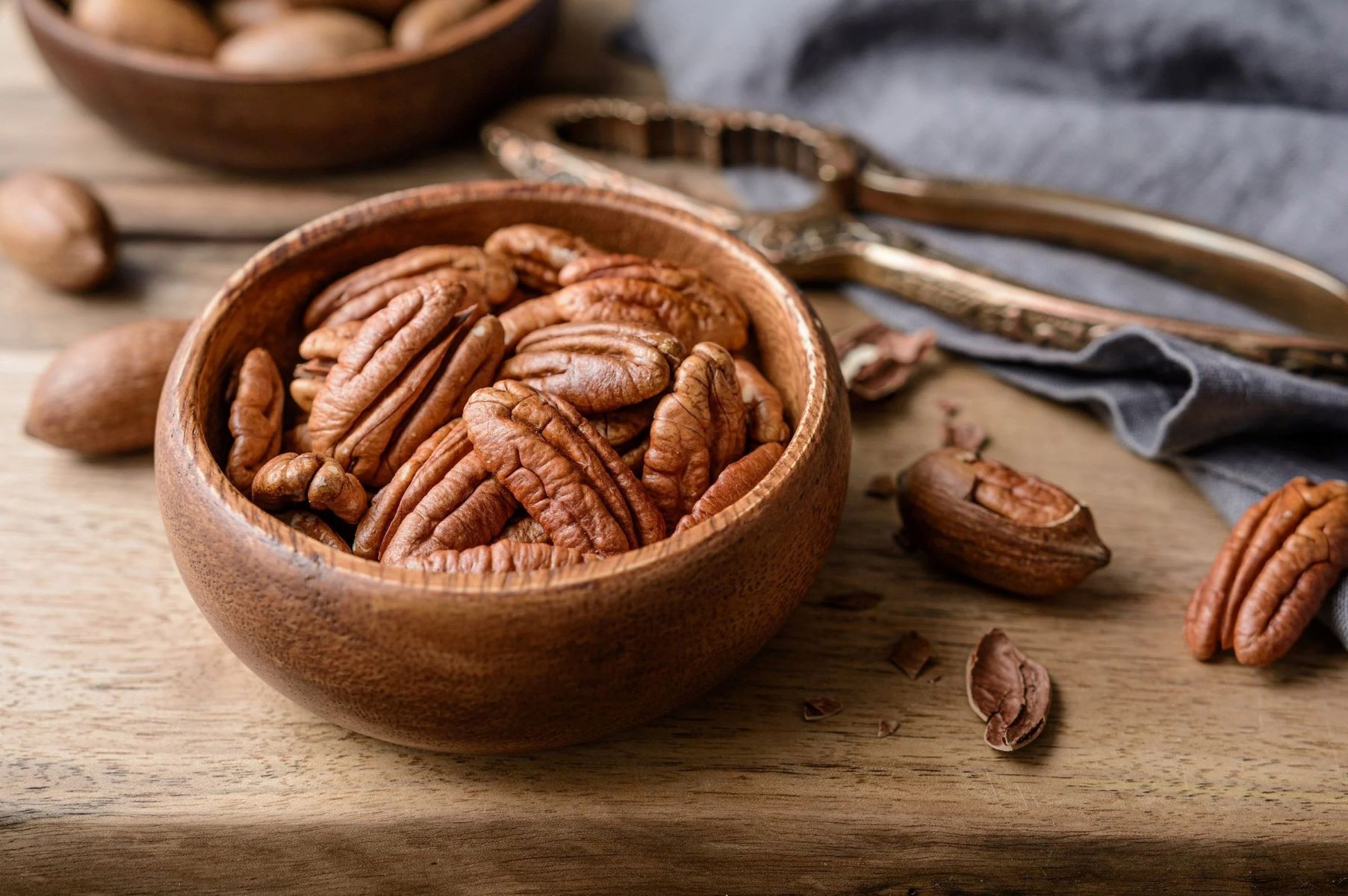
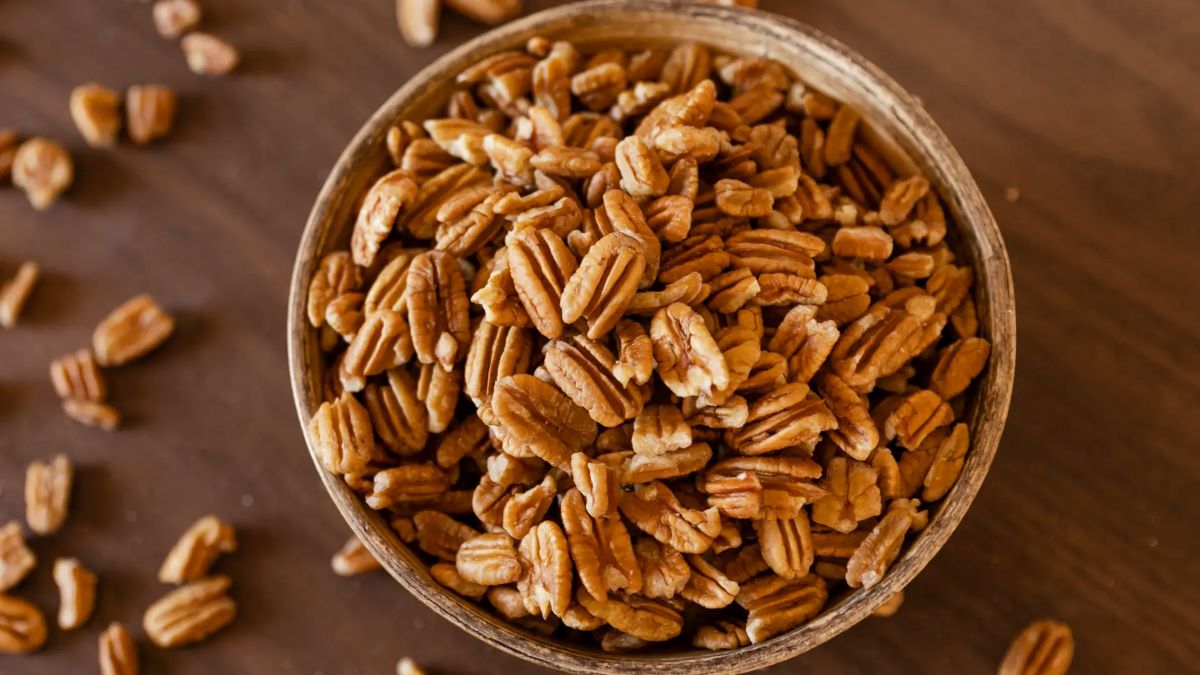

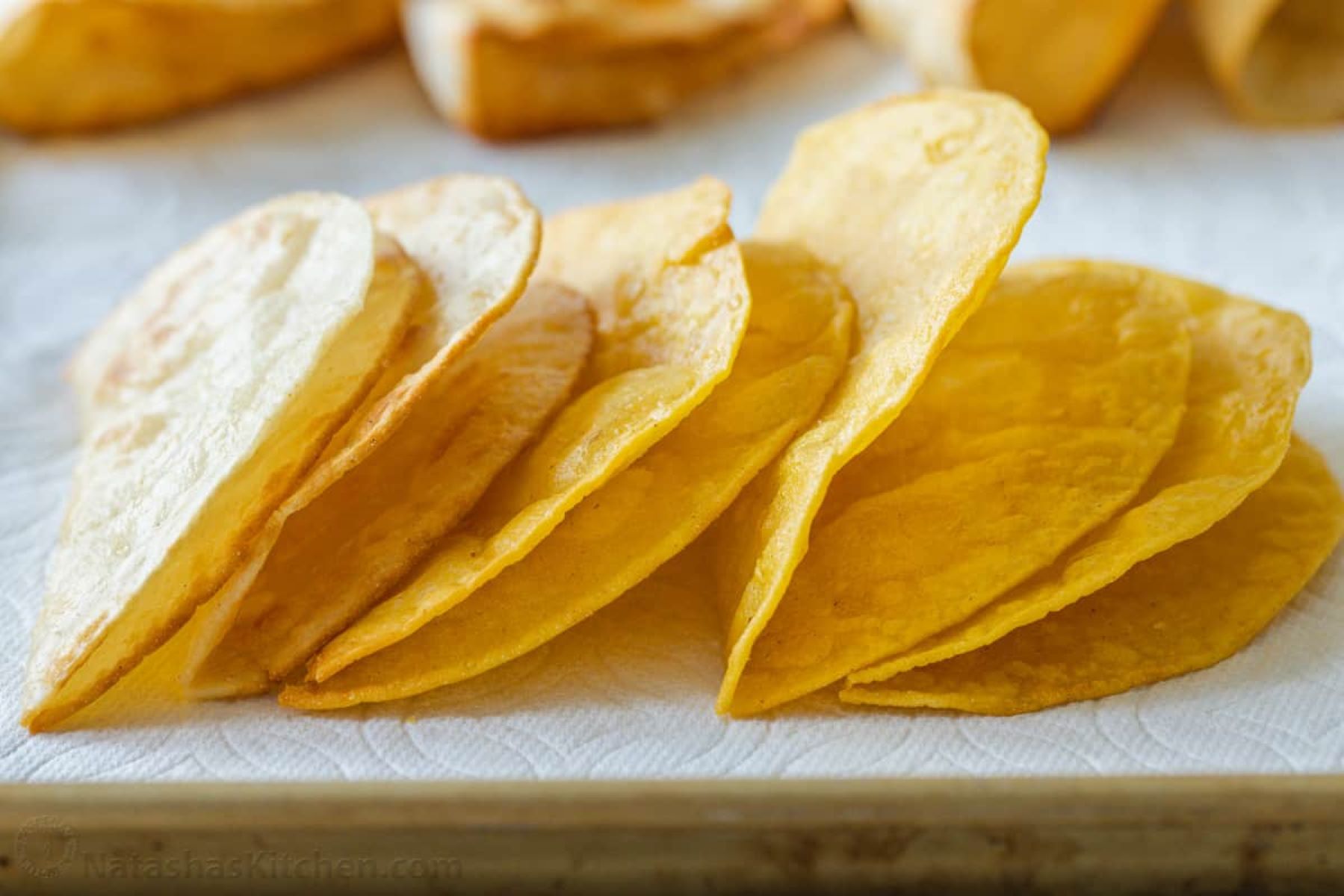
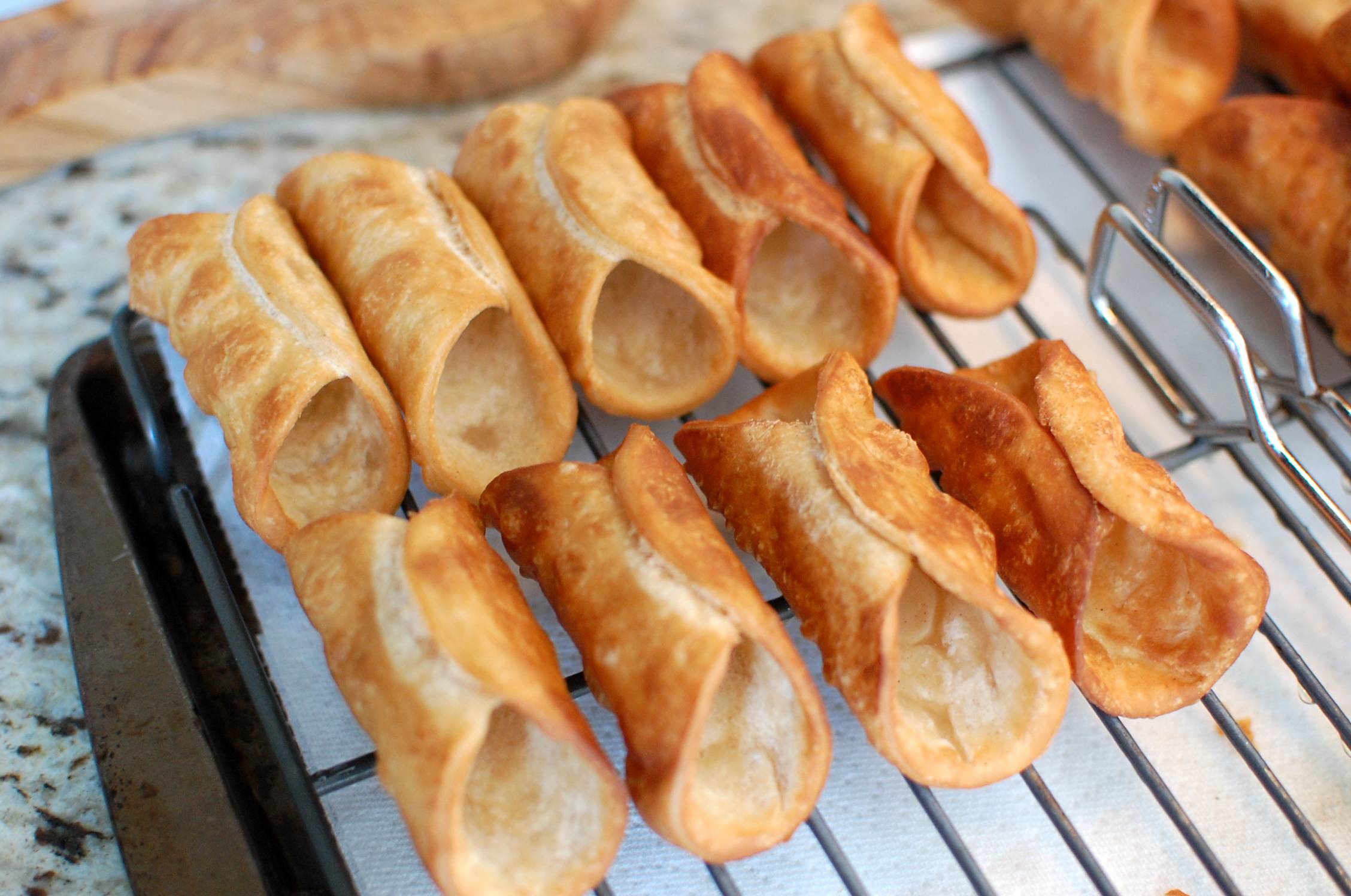

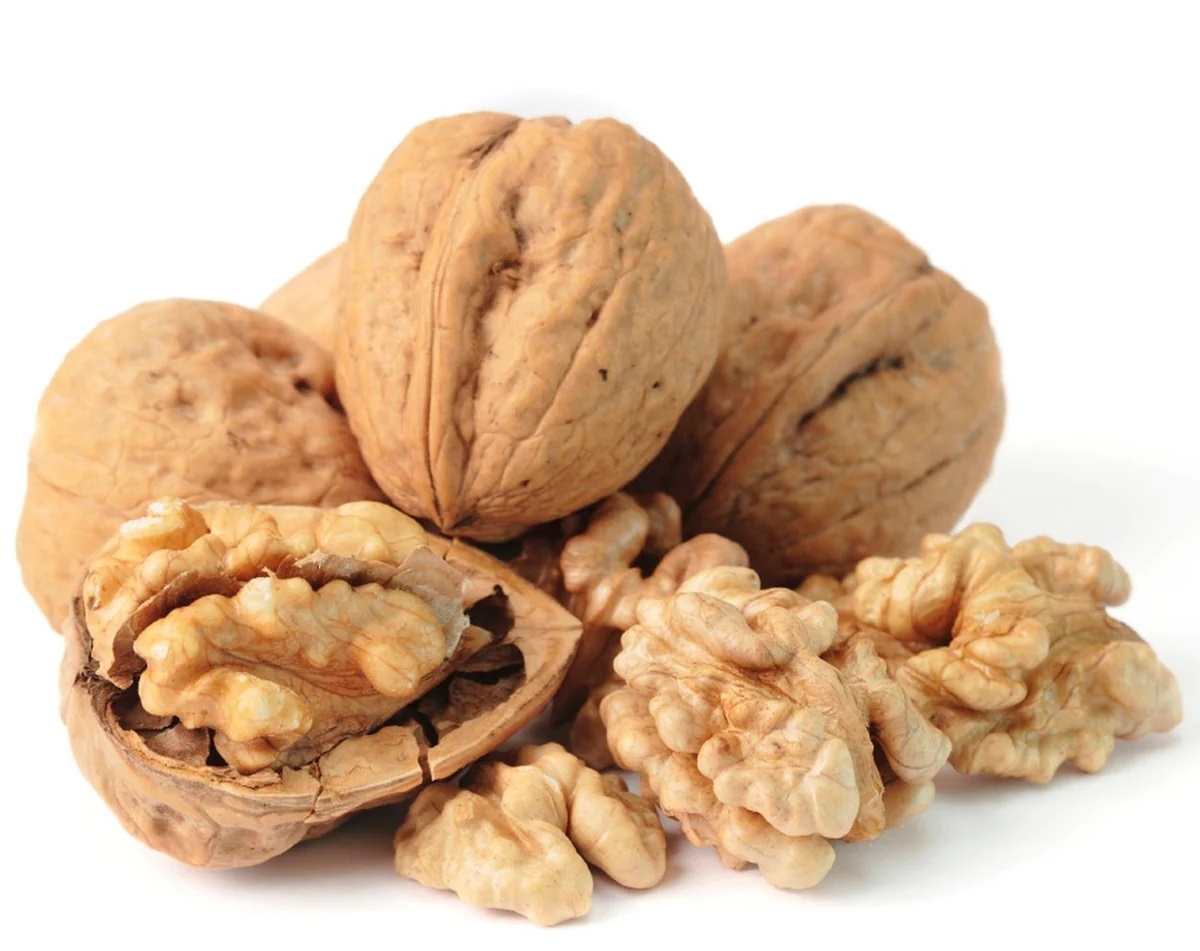
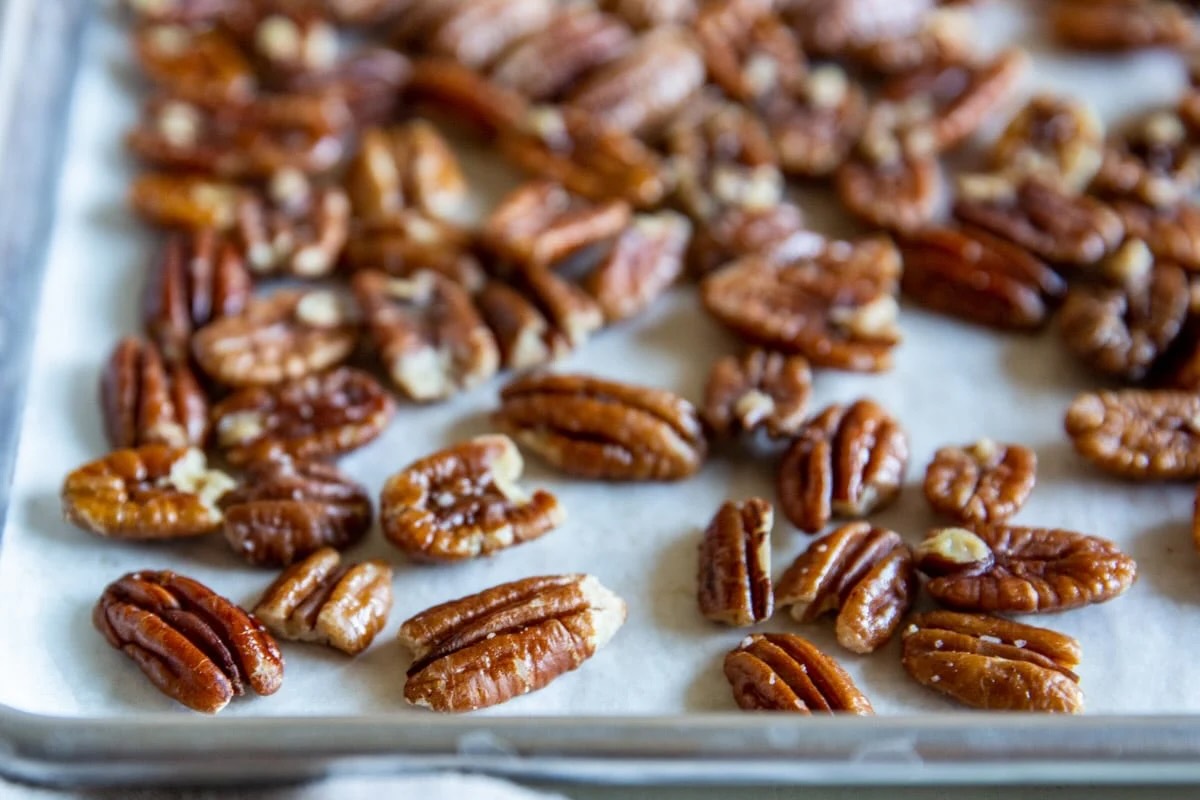
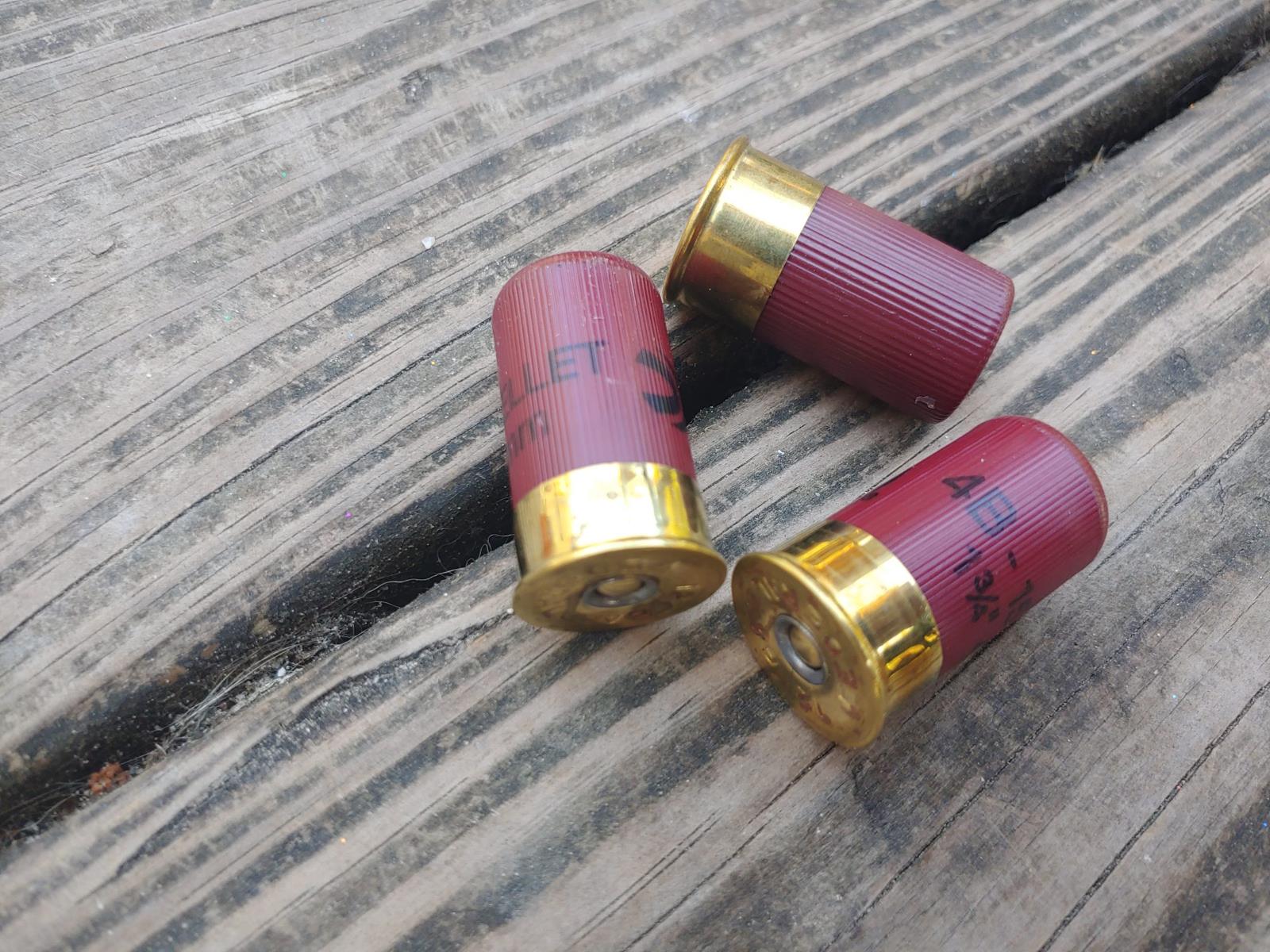
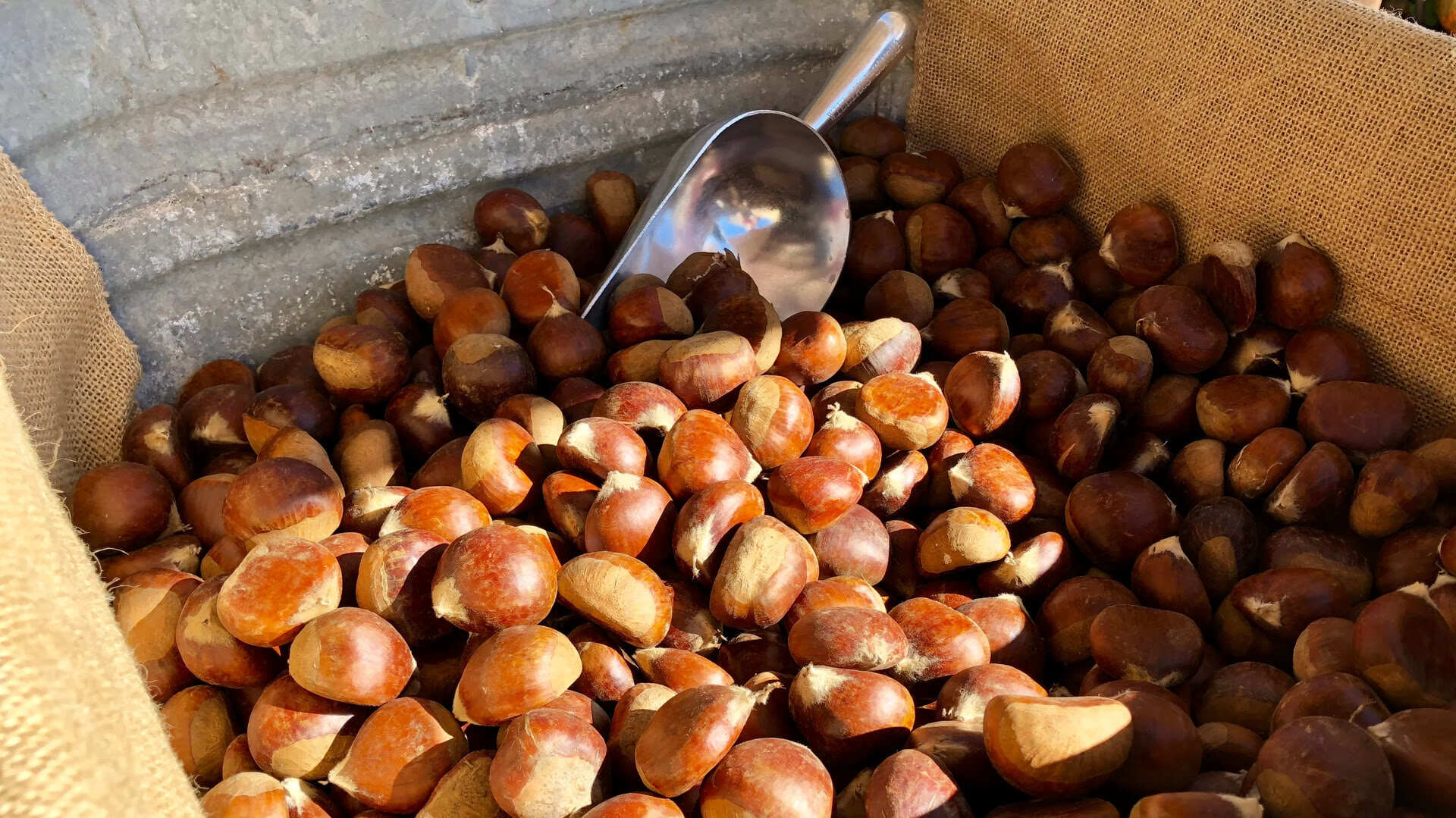
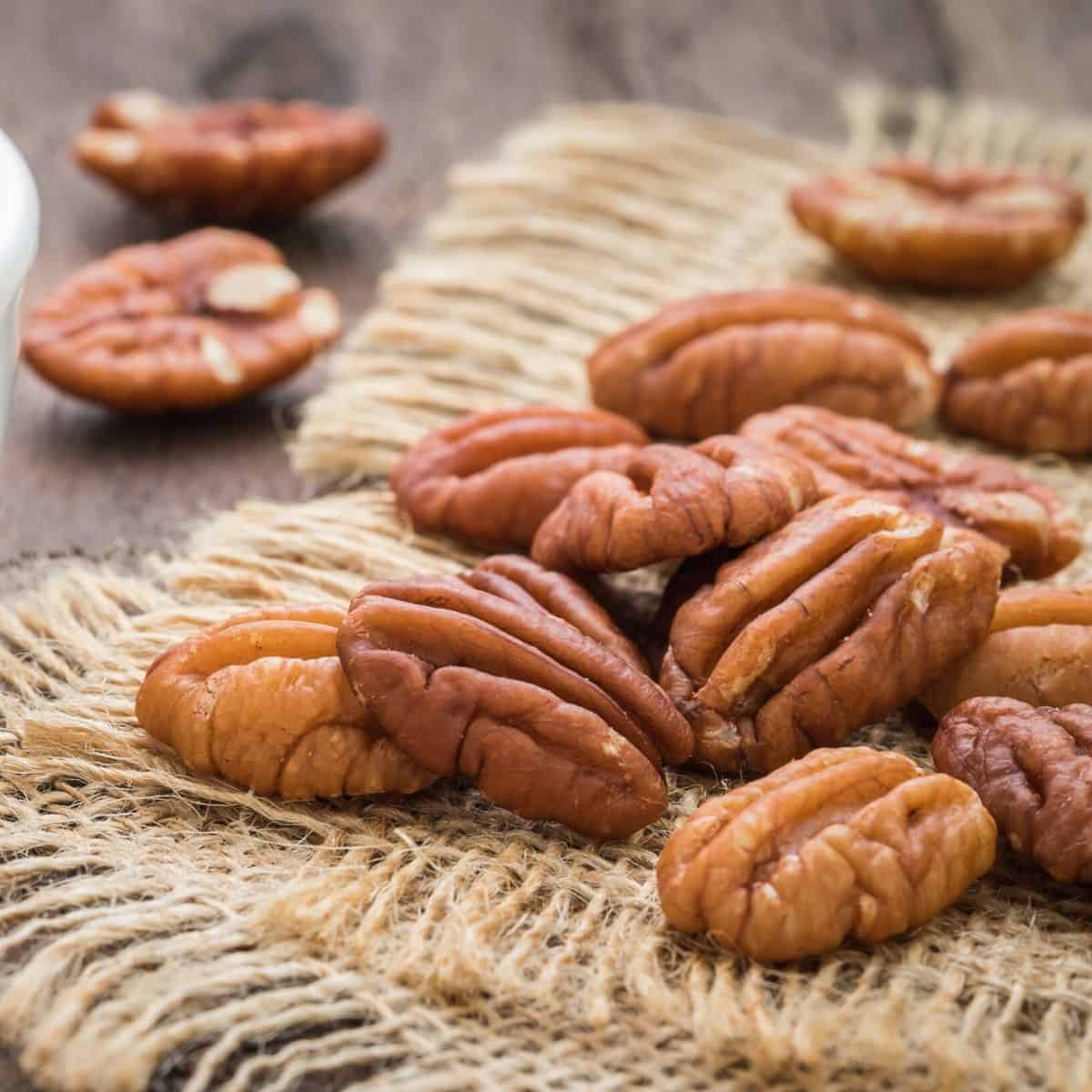
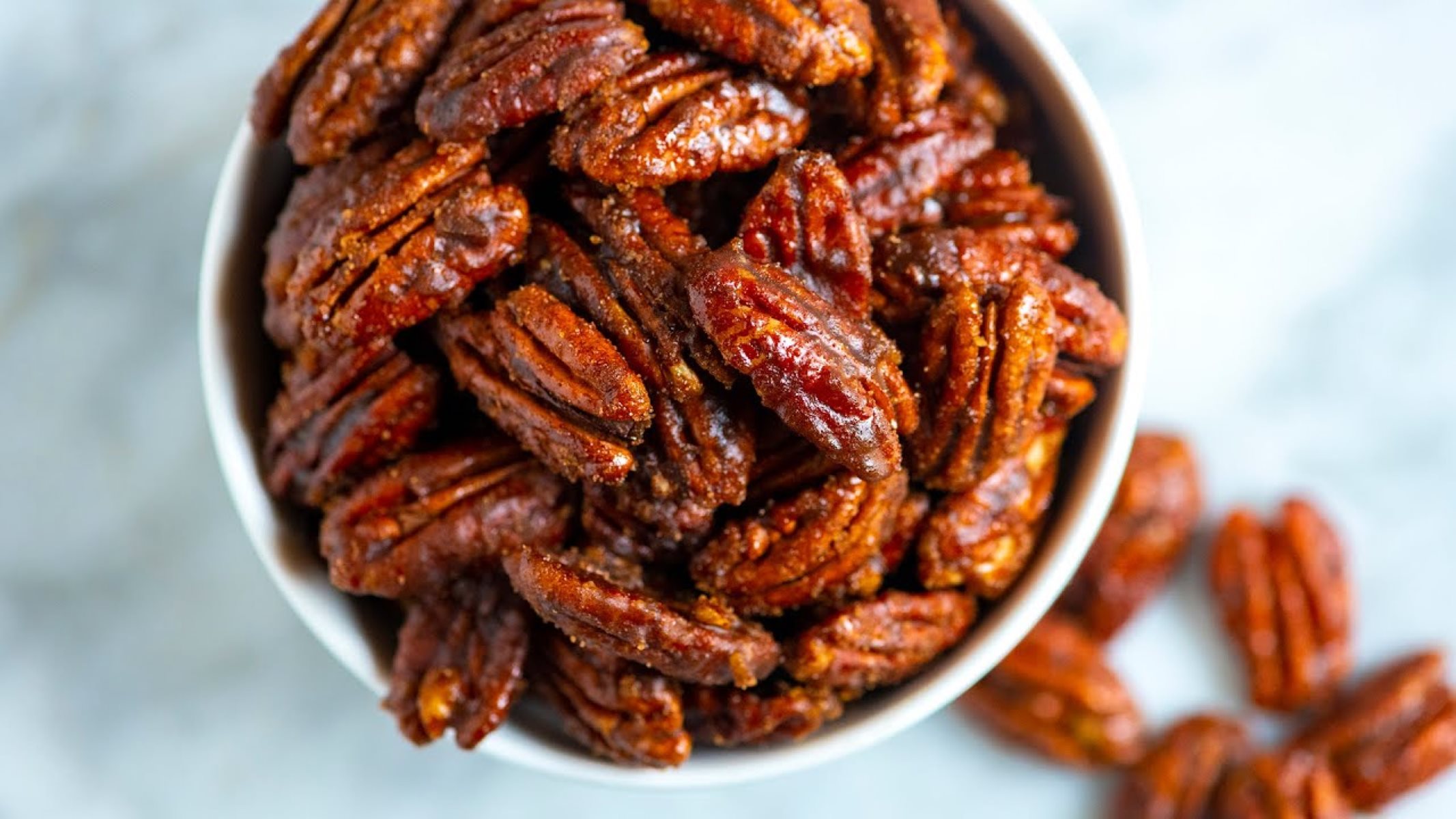
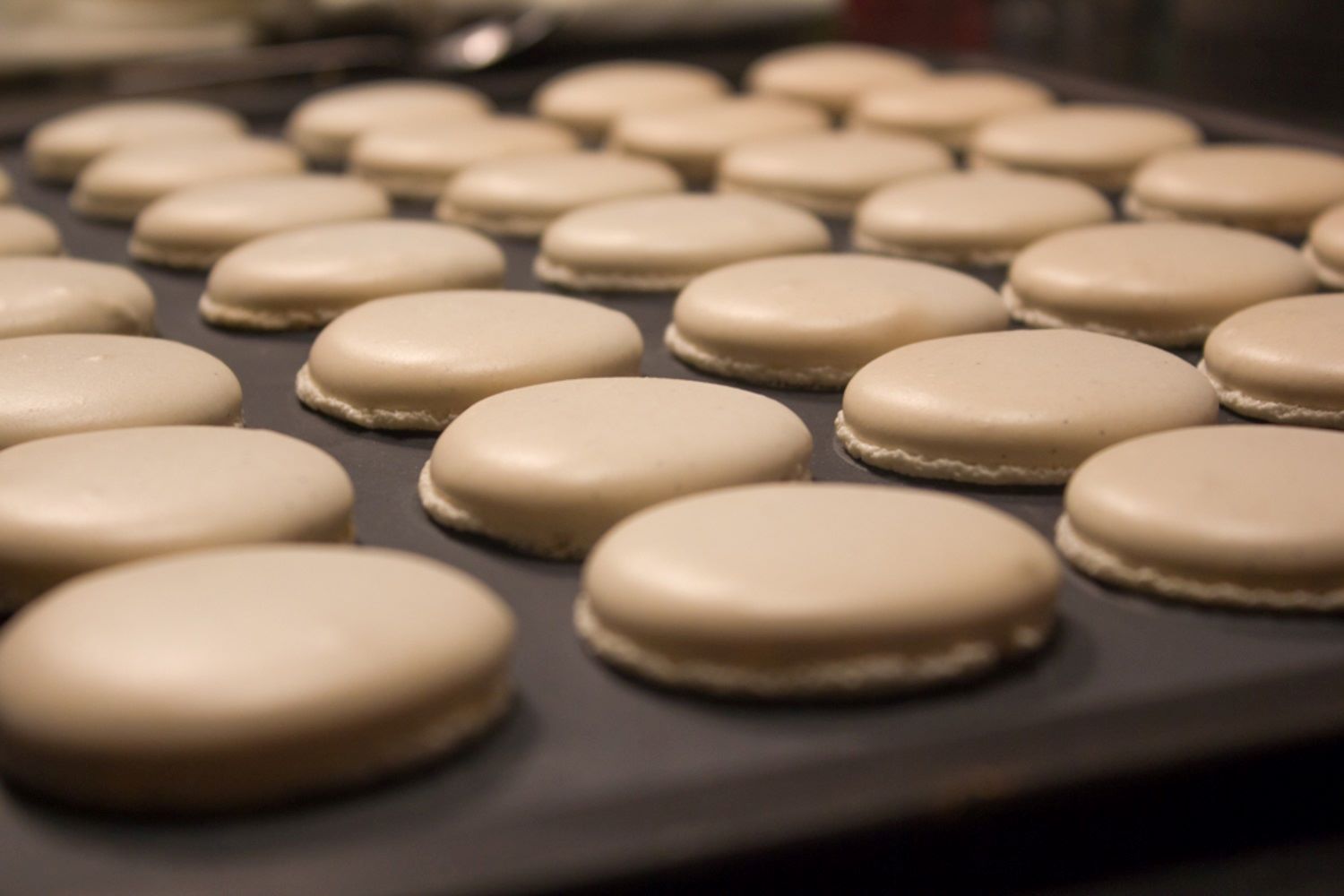


0 thoughts on “How To Store Shelled Pecans”